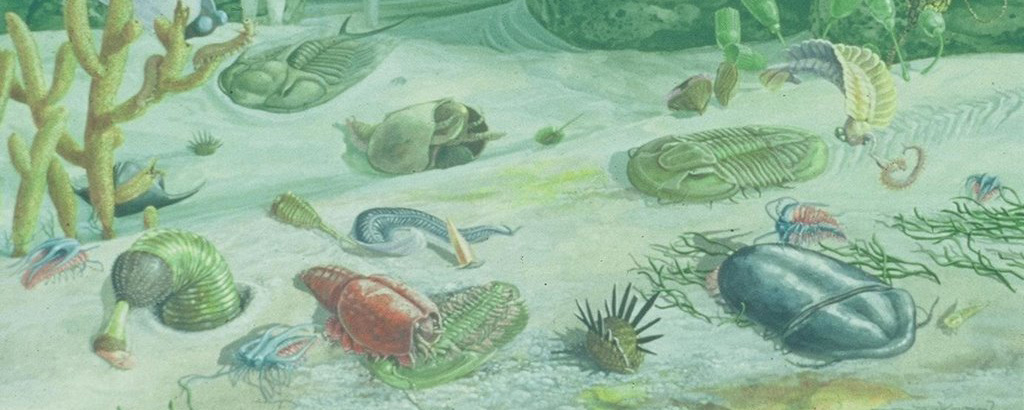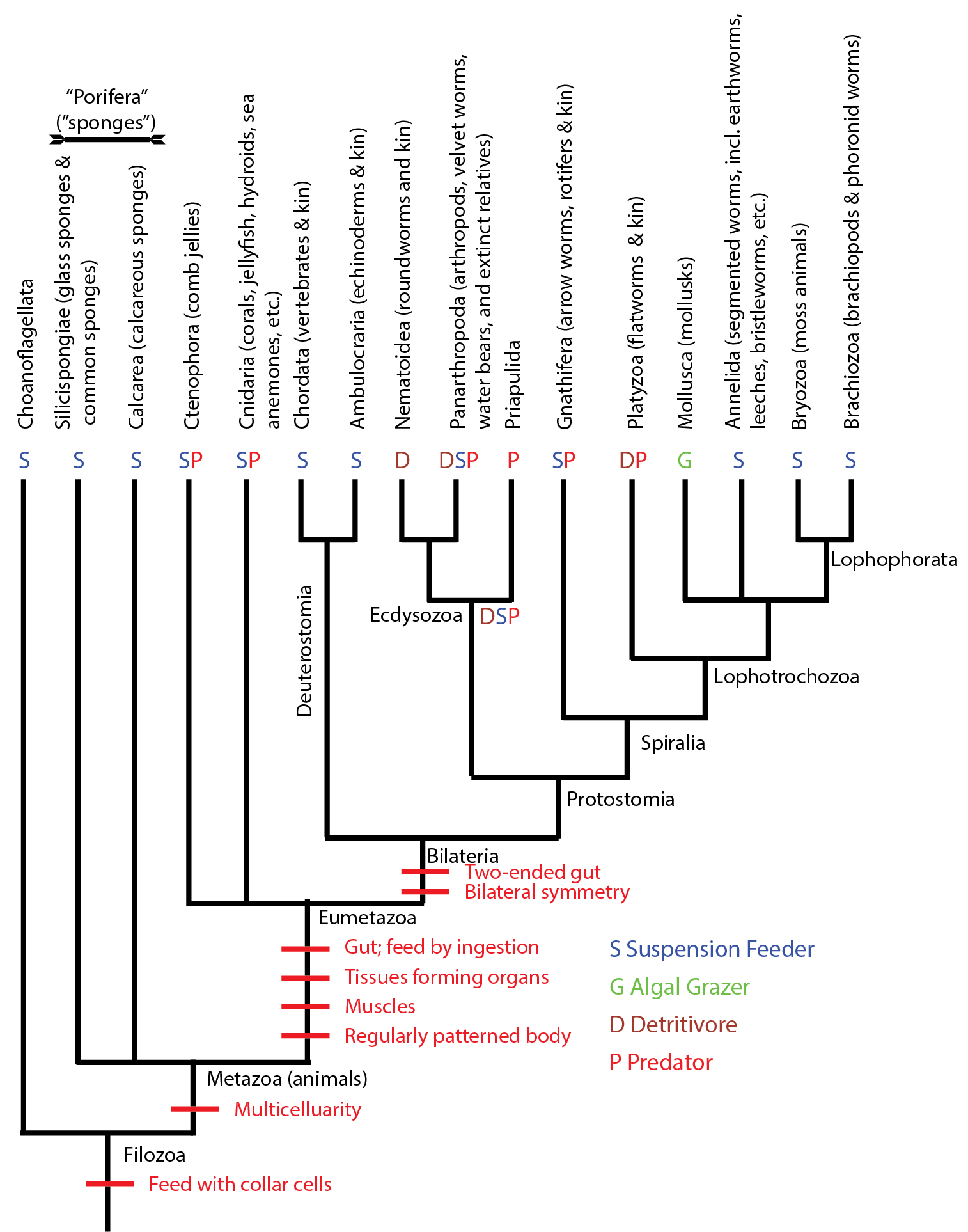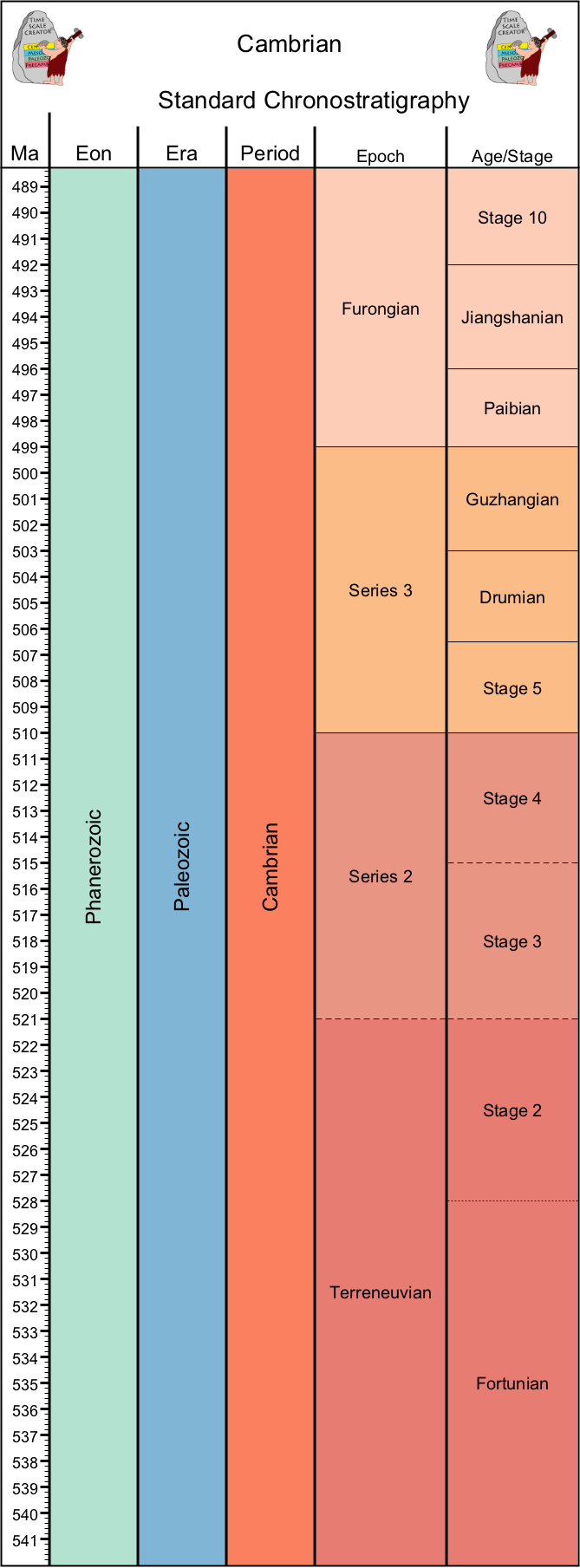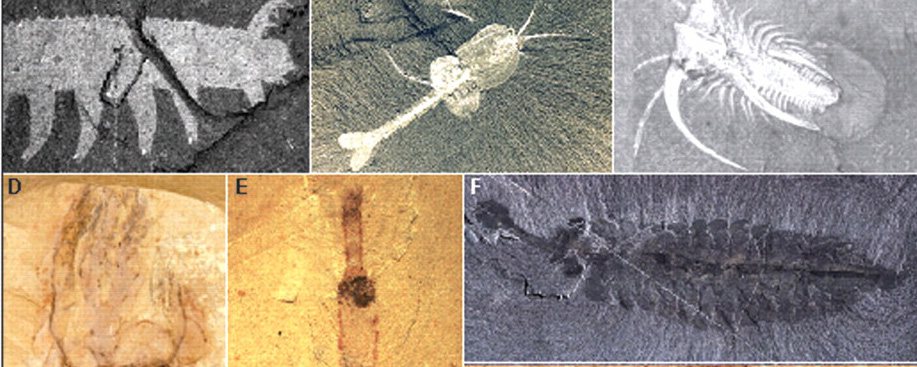


On the sudden appearance of groups of Allied Species in the lowest known fossiliferous strata. There is another and allied difficulty, which is much graver. I allude to the manner in which numbers of species of the same group, suddenly appear in the lowest known fossiliferous rocks. Most of the arguments which have convinced me that all the existing species of the same group have descended from one progenitor, apply with nearly equal force to the earliest known species. For instance, I cannot doubt that all the Silurian trilobites have descended from some one crustacean, which must have lived long before the Silurian age, and which probably differed greatly from any known animal. Some of the most ancient Silurian animals, as the Nautilus, Lingula, &c., do not differ much from living species; and it cannot on my theory be supposed, that these old species were the progenitors of all the species of the orders to which they belong, for they do not present characters in any degree intermediate between them. If, moreover, they had been the progenitors of these orders, they would almost certainly have been long ago supplanted and exterminated by their numerous and improved descendants.
Consequently, if my theory be true, it is indisputable that before the lowest Silurian stratum was deposited, long periods elapsed, as long as, or probably far longer than, the whole interval from the Silurian age to the present day; and that during these vast, yet quite unknown, periods of time, the world swarmed with living creatures." -- Chapter 9 "On the Imperfection of the Geological Record", On the Origin of Species, Charles Darwin, 1st Edition (1859)

As we can see, suspension feeding is by far the most common mode of life for Metazoa. And the two groups of bilaterians which are clearly present by the end of the Ediacaran are NON-suspension feeders (predatory priapulids; algal-scraping mollusks). The great diversity of suspension-feeding "worms" were present may have been too tiny to be preserved, or lived in environments that are not preserved: neither case is particularly compelling, but that seems to be the situation. (It is true that there are many microscopic soft-bodied bilaterians: rotifers, tadigrades, chaetognaths, etc.)
But as we move into the Cambrian, the record changes.

While some of these organisms are known from hard parts, others (such as anomalocaridids and stem-vertebrates) were soft-bodied. These are known only from Lagerstätten. Thankfully these are fairly common in the Cambrian. Among these the first discovered and most influential in changing ideas about Cambrian diversity is the Burgess Shale of British Columbia, Canada (about 515 Ma). Subsequently earlier ones have been found: the Chengjiang fauna of the Maotianshan Shale, China (525-520 Ma); Sirius Passet in Greenland (527 Ma); and more.
The Cambrian Explosion Revisited: What is It?: So, with more data at hand, what is the Cambrian Explosion, really? Is it:
Let's take a look at these.
We can reject the literal phylogenetic model already. The Ediacaran evidence shows that crown-group Bilateria was already well diverged 10s of millions of years prior to the Explosion. Furthermore, molecular phylogenetic divergence dates point to Ediacaran (or even Cryogenian) branching events among the major divisions of Bilateria. So the lineages containing the members of the Explosion were present 10s of millions of years before they began to mineralize.
Ongoing genetic studies strongly suggest that key genetic complexes lead to increasing morphological and taxonomic diversity. But this is still ultimately a phylogenetic issue: the origin of these complexes must have occurred prior to the divergence between the different lineages, which we have already seen were Precambrian rather than Cambrian events. We can thus reject the developmental model as the cause of the Cambrian Explosion per se: however, the existence of these gene complexes were likely exapted during the Explosion to allow for rapid anatomical changes during that event.
We have already seen that the development and scale of biomineralization increases from the Ediacaran (millimeter-scale) to the earliest Cambrian (sub-cm-scale) to "Cambrian Explosion" proper (cm-scale), and across the Tree of (Metazoan) Life from sponges and eumetazoans (Ediacaran) to tiny elements in mollusks, brachiopods, sponges, etc. in the SSF to complete macroscopic skeletons. This is fully consistent with some form of change external to the organisms allowing first the very smallest shells, then armor made of individual tiny elements, and only later in complete large armor, all occurring across the phylogeny. Thus the geochemical model is supported, at least provisionally. But what might be changing? Nearly every mineral or element has been suggested by some researcher, but two in particular seem most likely:
Stem-Mollusks Support the Extrinsic Model: We actually see a pattern supporting this transition by looking at stem-mollusk history:
So that pattern is strongly consistent with a changing external situation allowing for increased levels of mineralization. But this leads to another question, namely…
Why Biomineralize at all?: We might naturally assume this was for defense (that is, shells as armor), and that might well be part of this. But there are other reasons for this:
Study of the Cambrian faunas show that they are far more diverse and complex than Ediacaran ones, with the presence of multiple levels of predation, pelagic communities (with nekton and plankton), and diverse infauna being major changes. (These faunas are not as complex as Ordovician or later ones, however).
These changes are consistent with the ecological model as a driver for the Cambrian Explosion. Indeed, these different models need not be mutually exclusive.
The Cambrian Substrate Revolution (aka the Agronomic Revolution): Increasing grazing and increasing burrowing doomed the algal mat community. (Indeed, thick biofilms only grow today in places where metazoans are excluded). While the sediment-water interface was once firm and the nutrients in the sediment once trapped and excluded from the water, the Cambrian Substrate Revolution churned up the sediment, allowing for soupier sediment-water interface and more availability of the sediment nutrients into the water and vice versa.
Putting it All Together: Rather than a single simple answer, it looks like there are a number of factors contributing to the Cambrian Explosion, extended over the Ediacaran into the early part of the Cambrian (and hence the "long fuse" of the Explosion):
